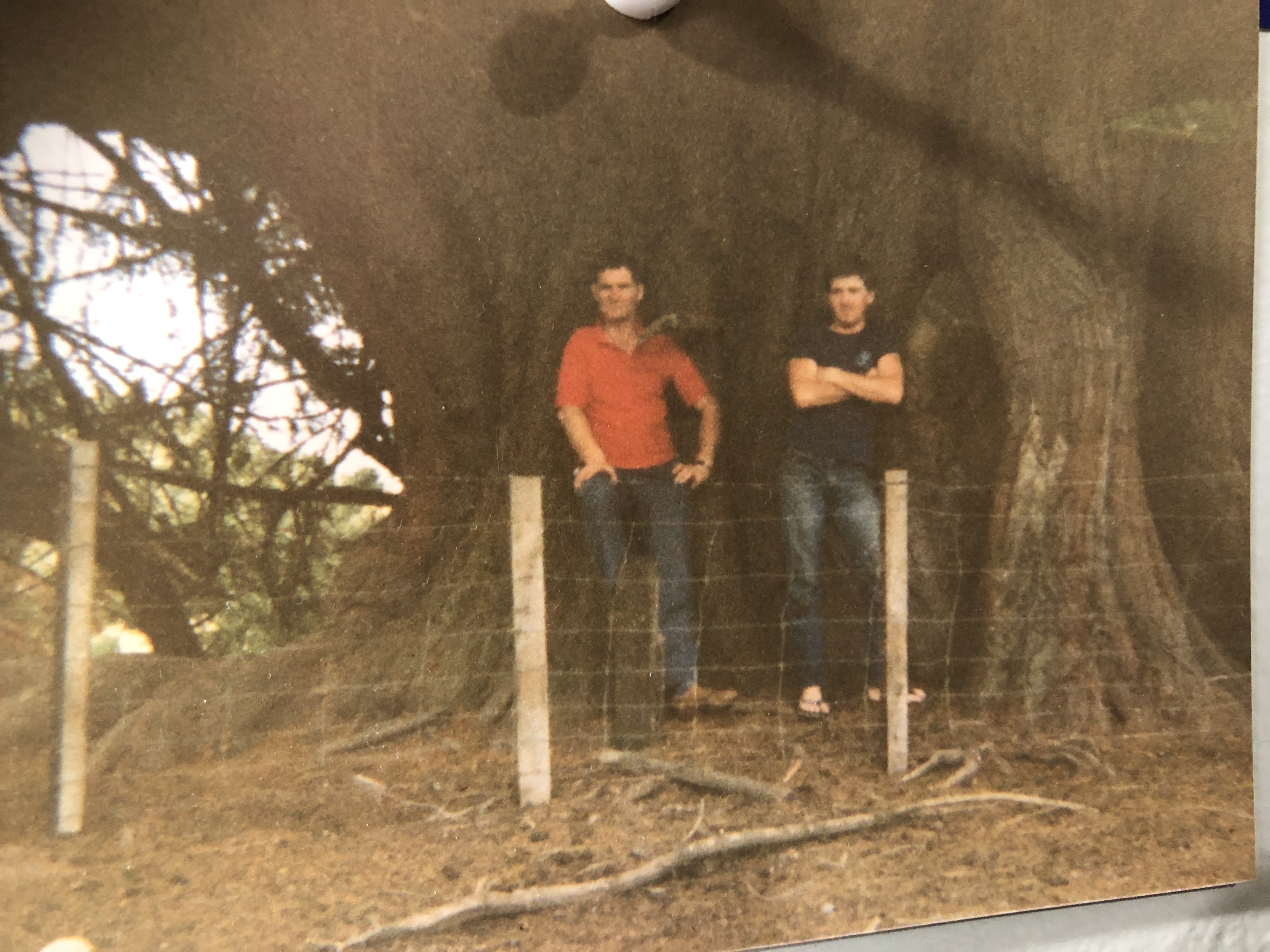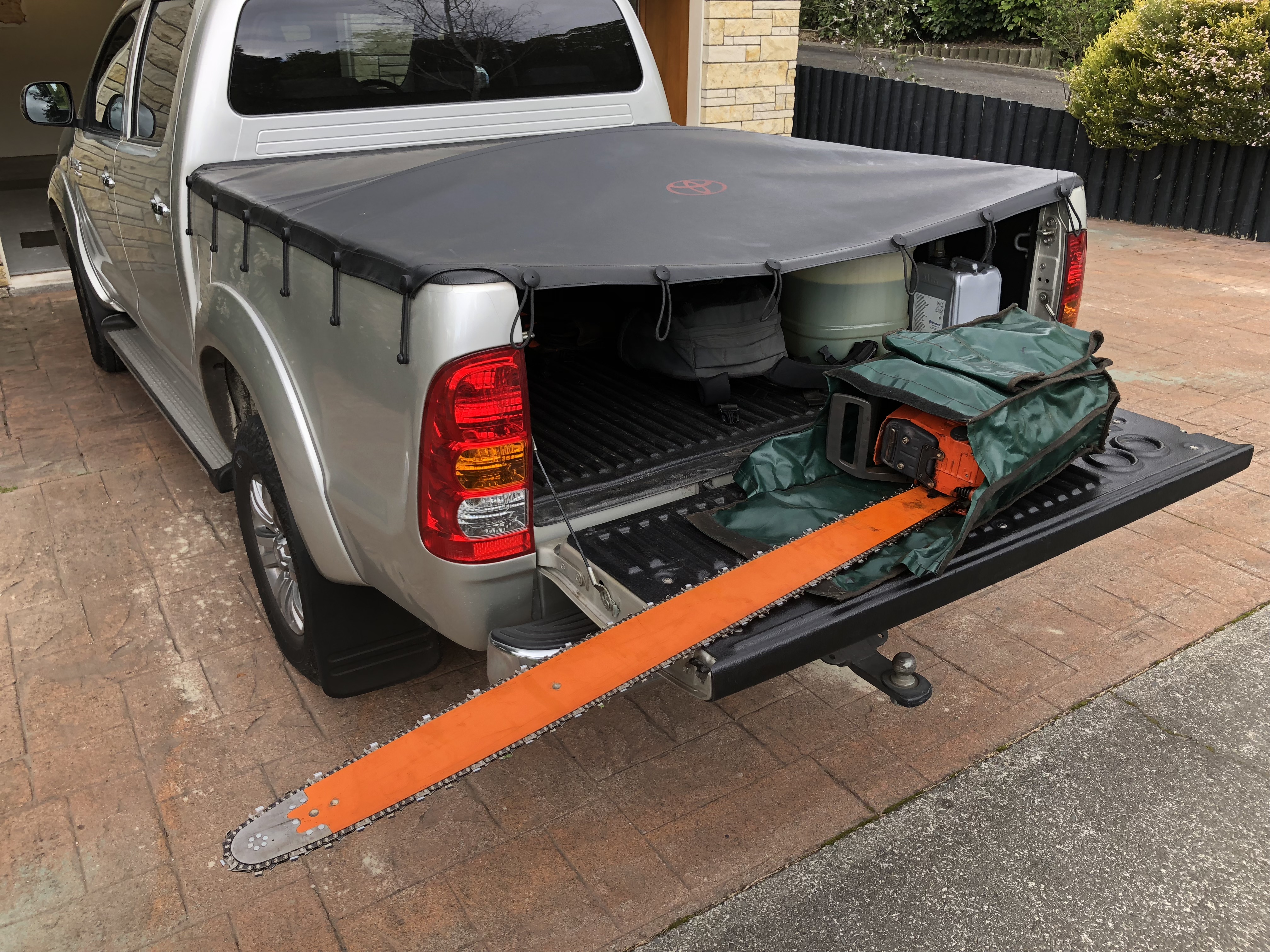Welcome guest, is this your first visit? Create Account now to join.
Welcome to the NZ Hunting and Shooting Forums.
Search Forums
User Tag List
+ Reply to Thread
Results 16 to 30 of 53
Thread: which 50-60cc Stihl chainsaw
-
11-06-2023, 12:15 PM #16
-
-
11-06-2023, 12:20 PM #17
I have the 311 but it has a 20” on it, it is a great saw but I think especially after reading this, the smaller bar would be best, and I’ll head in and speak to them this week about that.
It’s a great saw and it comes out with me every weekend and eats the Douglas easily but, it’s no magnum saw.
Sent from my iPhone using TapatalkDan M
-
11-06-2023, 12:38 PM #18Caretaker

- Join Date
- Dec 2011
- Location
- Hawkes Bay
- Posts
- 9,553
My dad and I assessing a Macro on our farm a few years ago
 A big fast bullet beats a little fast bullet every time
A big fast bullet beats a little fast bullet every time
-
11-06-2023, 12:57 PM #19Banned

- Join Date
- Mar 2015
- Location
- North Canterbury
- Posts
- 5,462
Have a look at the saws sold by 'Goods Direct' at Rangiora. A mate put me onto them after a big blow here in Canterbury, he lost a lot of trees and bought two new saws to clean them up. I bought one, a Huskey copy and it has been a great saw. Replaced the plug with a genuine Huskey made plug and that fixed the high rev miss.
This saw has never caused any grief. I have ringed up a lot of big Blue Gum logs 700 - 900 mm, knotty macro etc. For sure a big powerful saw will go through big logs like a hot knife through butter but for the money these Huskey and Stihl copies are great. After all Stihl is made in China now anyway. The depreciation on a $1800 saw in one year will be more than the purchase of a Goods Direct saw, cost more to insure and be a target for thieves
-
11-06-2023, 01:49 PM #20Member

- Join Date
- Feb 2013
- Location
- Mangakino
- Posts
- 1,855
Interesting they say 25:1 is that the ratio you run.
-
11-06-2023, 02:03 PM #21Caretaker

- Join Date
- Dec 2011
- Location
- Hawkes Bay
- Posts
- 9,553
3% fuel oil mix for over 60cc saws to keep the clutch side crank bearing cool
2% for anything smaller
3% is 33 to 1 which you can actually use for everything
The critical load area of saws is not the piston, it’s the crank bearings
The highest thermal load is on the piston/barrel clearance
If you keep inside the cases of your saw exceptionally clean then thermal load concern of parts is all but eliminatedA big fast bullet beats a little fast bullet every time
-
11-06-2023, 02:04 PM #22
-
11-06-2023, 02:16 PM #23Caretaker

- Join Date
- Dec 2011
- Location
- Hawkes Bay
- Posts
- 9,553
-
11-06-2023, 04:30 PM #24Member

- Join Date
- Dec 2021
- Location
- Tauranga
- Posts
- 6,004
Yep, hottest part of the saw is the front right area of the cylinder - right next to the area where the oiler lives so if you have a thermal problem often one of the signs is poor bar oiling - thermal thinning of the bar oil due to crankcase heat. Had one 026 that was really bad for this, slight ding on the front half of the muffler was redirecting the exhaust gas over the front right of the crank case. Weld a little deflector plate on and hey presto no more issue...
As far as oil ratio in the fuel, I've gone to good synthetic or semi-synthetic oil (quality stuff not something from a bulk retailer) and 40:1 for everything. One of these oil brands guarantees their oil against all and any damage at 100:1 in modern small engines - bugger that but at 40:1 I know it's a good mix and if the saw is clean and the chain is sharp there won't be any issue with heat damage. It's one of the things I don't like about TC tipped chains, they cut slower and are draggier in the wood meaning more load and heat on the saw. They have their place, I was using one stumping out a conifer tree stump that just refused to die. See how it likes life in the fireplace... Very hard on gear, bars and clutches and rim sprockets but at least the chain doesn't go blunt in the first second hitting dirt. Saw runs noticeably hotter on the TC chain though, I just don't like them for normal work.
-
11-06-2023, 04:48 PM #25Member

- Join Date
- Aug 2016
- Location
- Gisborne Rural
- Posts
- 3,435
@No.3 what category would you put the stihl oils in?
-
11-06-2023, 06:05 PM #26
-
11-06-2023, 06:39 PM #27
bubkin billy ray has a good video on oils..... really good watch,and rather eye opening as to wherethey all come from.... for years I just used the she'll be right attitude and threw car engine oil in with petrol at a slosh per tank...I now know better..my saws run properly and idel properly too. slightly oilier than 50;1 the wee 261 doesnt like it much oilier,the old 025 and 026 would probably run on diesel... not fussy at all.
75/15/10 black powder matters
-
11-06-2023, 06:46 PM #28Member

- Join Date
- Jul 2020
- Location
- Central North Island
- Posts
- 5,343
Yep, 40:1 fully synthetic Total 2T oil for my 2 big saws and the Enduro dirt bike. $22/L whereas the Motul product I was recommended was $48/L

and the 300cc enduro is now nudging 600 hours on one piston/rings change. Gotta be happy with that.
-
11-06-2023, 06:54 PM #29
Here's one guys opinion. Uses Husky oil in his Stihl.
https://youtube.com/shorts/rT3UkhPu0o4?feature=share4
I watched a review recently of all brands of oil and Stihl didn't come out on top. Will try to locate that review.
-
11-06-2023, 08:22 PM #30
BBR conclusion was the stihl oil is the same as castorl stuff....look on back of your big brand oils and see who actually MAKES it.... I had bad run with the tt stuff..possibly double dosed the 261 and had to take it into shop to get sorted..the same fuel was simply drunk with out a burp by the 025 LOL. no flash harry filter in fuel system to get clogged up.saw would run but die as soon as tried to rev it.
75/15/10 black powder matters
Similar Threads
-
Stihl Chainsaw
By bigbear in forum Gear and EquipmentReplies: 28Last Post: 28-05-2023, 02:30 PM -
Stihl chainsaw choice
By Ingrid 51 in forum Gear and EquipmentReplies: 27Last Post: 14-01-2023, 11:56 AM
Tags for this Thread
Welcome to NZ Hunting and Shooting Forums! We see you're new here, or arn't logged in. Create an account, and Login for full access including our FREE BUY and SELL section Register NOW!!





 51Likes
51Likes LinkBack URL
LinkBack URL About LinkBacks
About LinkBacks





 Reply With Quote
Reply With Quote




Bookmarks